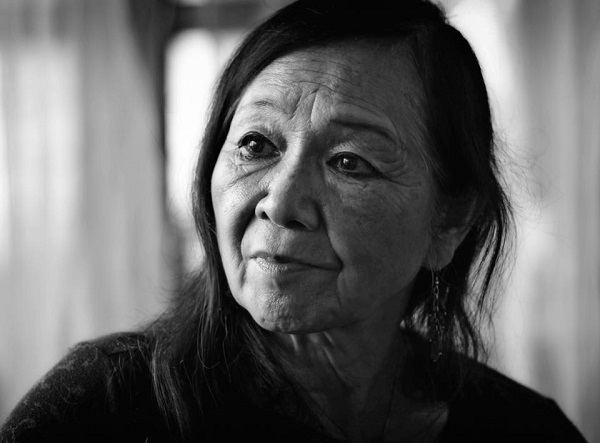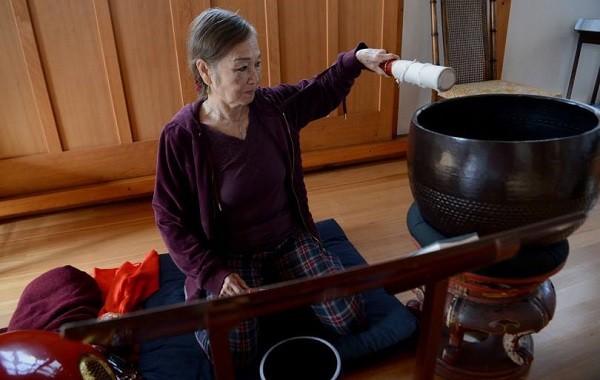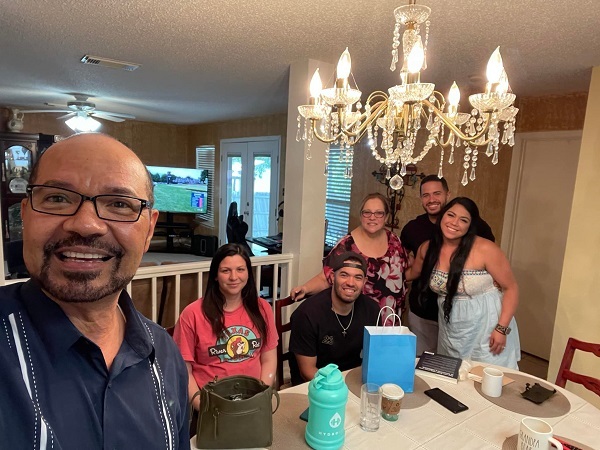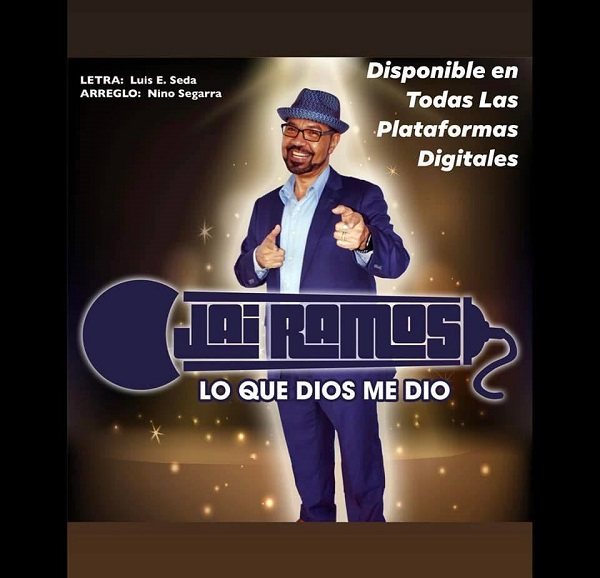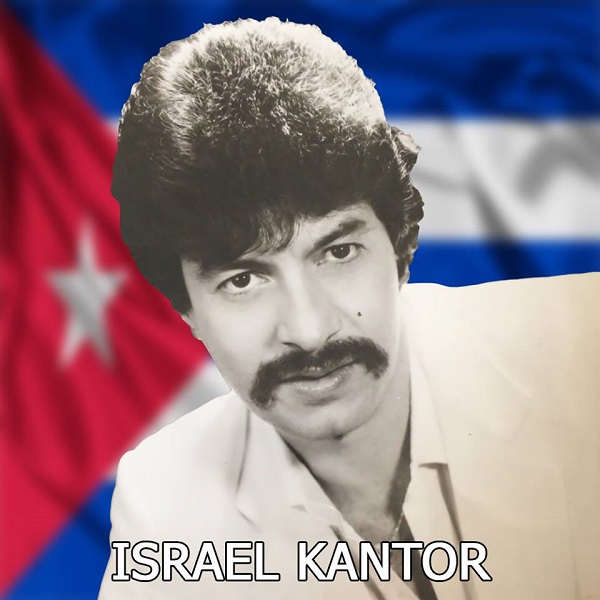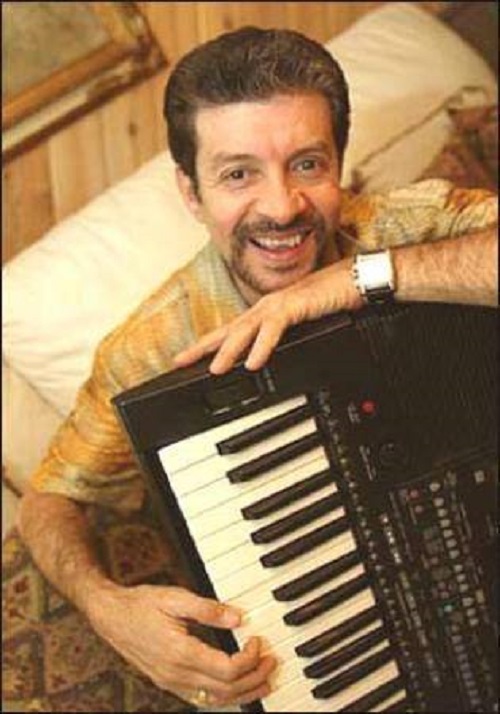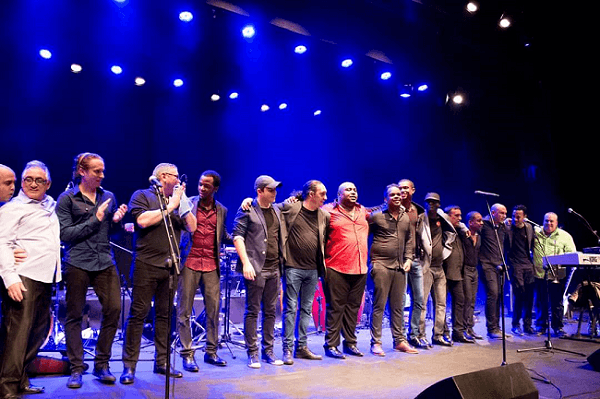5 Clubs to not stop dancing Salsa even on the last day of the week
Salsa parties don’t stop in London, its fusion of Caribbean rhythms with a subtle swing and a few drops of Latin folklore make this genre one of the most contagious and fun to dance as a couple or with friends.
For that, here we make a list of the best places to dance Salsa on the last day of the week and if you do it regularly you will obtain health benefits such as muscle toning, improvement of cognitive functions (memory and coordination), the release of stress, increased self-esteem through a positive and confident attitude, in addition to improving circulation and the physical appearance of the legs. Let’s start now!
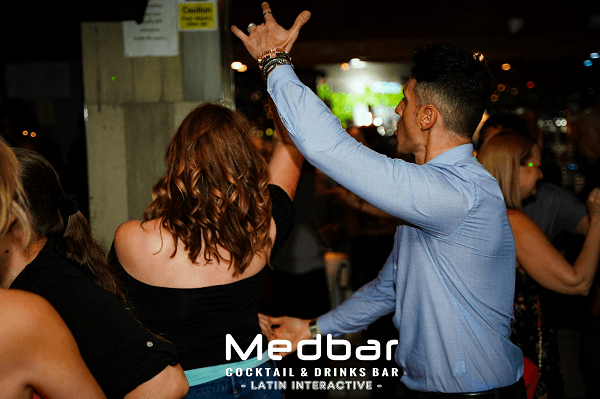
We started with Medbar in Southampton. It’s the perfect place to drink, dine, and dance, as well as being one of the hottest hotspots in the heart of Oxford Street (50 Oxford St, Southampton SO14 3DP). Every Sunday from 6 PM is about Salsa, Bachata, and Kizomba. Beginner classes start at 6 PM, and advanced level lessons start at 6:45 PM. The value of each lesson is £8.
End the week with Medbar’s famous Latin nights and take advantage of the S.B.K social parties on Sundays from 7:30 PM until 2 AM.
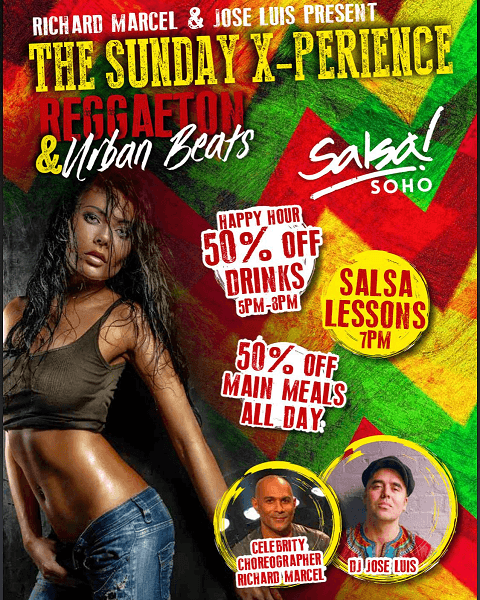
A totally Latin atmosphere in London is the Salsa Soho Bar, Restaurant, and Nightclub, cataloged by many as one of the most authentic Latin music venues in the United Kingdom. Here you can enjoy the free Latin warm-up with Crossbody (LA) style Salsa classes for 45 minutes from 7:15 PM and continue with Salsa and Reggaeton lessons at all levels starting at 8 PM, you can also enjoy excellent South American dishes and 50 types of cocktails in this bar open seven days a week and located at 96 Charing Cross Rd since 1997. So live the experience of visiting Salsa Soho every Sunday and enjoy the Sundays X–perience until 2 AM with DJ José Luis. Admission is £5 after 8 PM. For more information visit their website. https://www.bar-salsa.com/soho

We continue with the Off The Cuff Live Music Bar located in the heart of Herne Hill (Arch 645, 301-303 Railton Road, Herne Hill, London SE24 0JN, UK). Voted by Mr. Hide magazine as one of the top five independent music venues in London, this bar offers one-hour Salsa Sessions every Sunday of the month from 6:15 PM to 7:15 PM, and the cost of admission is £10. Get fun the Sunday afternoon in the excellent company of Salsa.
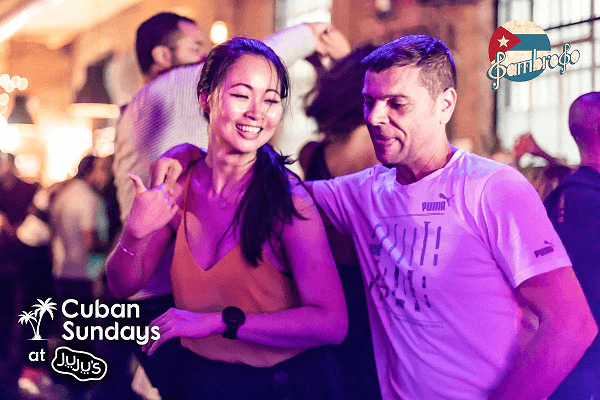
We now walk through Juju’s Bar and Stage open six days a week. This place with a wide variety of events brings Latin parties every Sunday night for seven hours with DJ Javier “La Maquina De Cuba” and the Sambroso Sambroso dance academy.
Admission is free and starts from 4 PM to 11:30 PM. Juju’s Bar and Stage is located at Ely’s Yard, 15 Hanbury Street, London, E1 6QR.
And in November! This prestigious space will play host to the EFG London Jazz Festival, London’s largest annual event, acclaimed for showcasing talent from around the world. This year the constellation of established and emerging stars will be intoxicating starting on Sunday, November 13th with the presentation of Cuban artist Yuri Hernández, who organically entered Latin Jazz in 2020 with the single Loco Soñador. DJ Flecha (Joel Verdecia) will also perform in this presentation. The ticket costs £8.50 and the sets will be distributed as follows 6 PM – 8 PM and 9:30 PM – 11:30 PM. Get your tickets and don’t miss out on the EFG London Jazz Festival from November 11th to November 20th.

We end this tour at Bar Salsa Temple. Every Sunday is Cuban hits night. Relive the Havana of Puros by the River Thames! DJs Jorge Andre & DJ JJ Latin mixes the most recognized songs of yesterday and today from Timba, Salsa Cubana, Cubatón, and Bachata. Free Beginner Salsa Classes start at 6 PM, one-hour Sensual Bachata lessons start at 7 PM (£7), and Intermediate Cuban Salsa (Salsa Rueda) instruction is at 8 PM (£7).
Bar Salsa Temple is one of the largest Latin clubs in the country and is located on the Embankment, London. Join and experience the flavor of Cuban Sundays until 2 AM.
